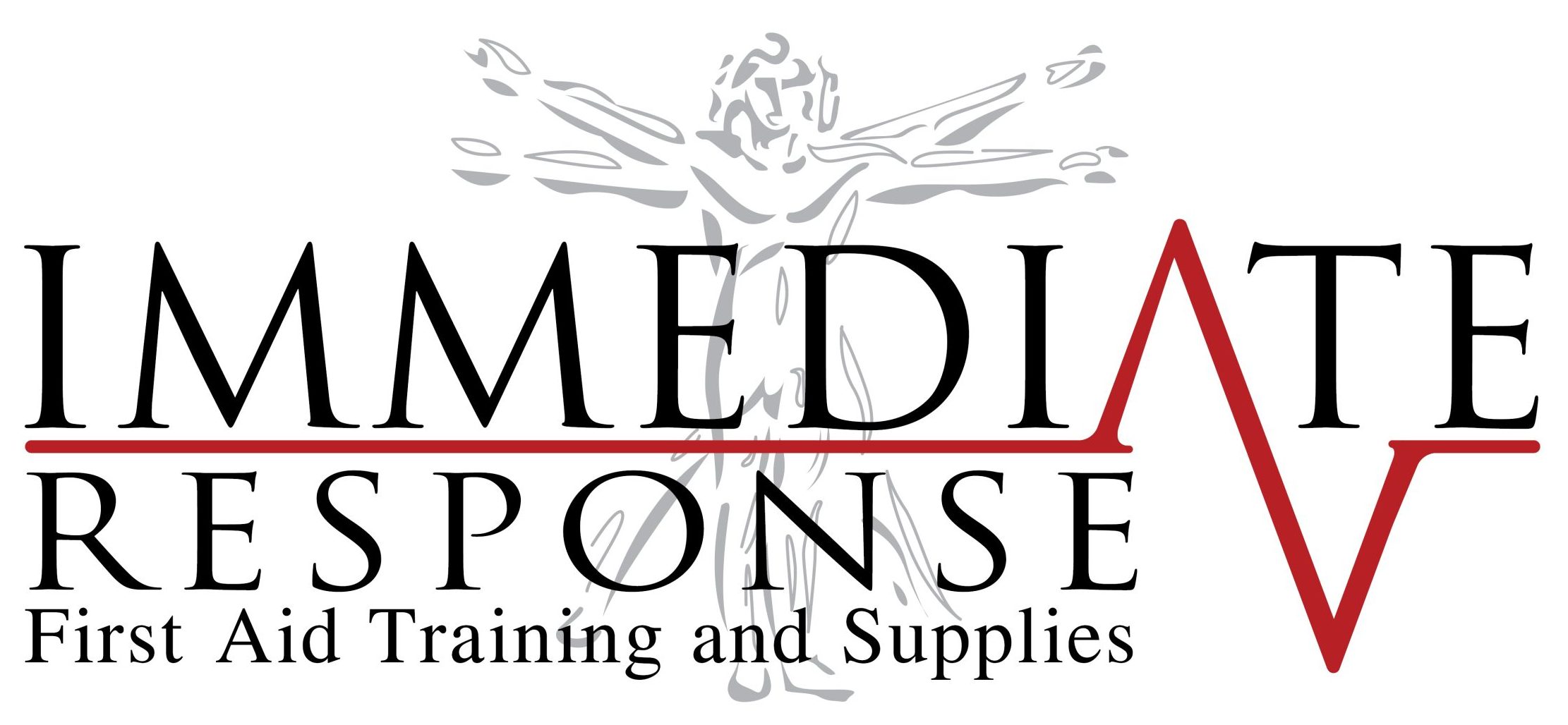Stroke
Stroke is the sudden death of some brain cells due to a lack of oxygen when the blood flow to the brain is impaired by a blockage or rupture of an artery to the brain. A stroke is also called a cerebrovascular accident (CVA). According to the National Stroke Foundation, stroke is the third highest cause of death.
The causes of stroke include an artery to the brain being blocked by a clot (thrombosis) which typically occurs in a blood vessel that has previously been narrowed due to atherosclerosis (hardening of the artery). When a blood clot or a piece of an atherosclerotic plaque (a cholesterol and calcium deposit on the wall of the artery) breaks loose, it can travel through the circulation and lodge in an artery of the brain, plugging it up and stopping the flow of blood; this is referred to as an embolic stroke. A blood clot can form in a chamber of the heart when the heart beats irregularly, as in atrial fibrillation; such clots usually stay attached to the inner lining of the heart but they may break off, travel through the blood stream, form a plug (embolism) in a brain artery to cause a stroke. A cerebral haemorrhage (bleeding in the brain), as from an aneurysm (a widening and weakening) of a blood vessel in the brain, also causes stroke.
There are two main forms of stroke:
Cerebral Vascular Accident (CVA) which causes permanent damage to the brain tissue through oxygen starvation (blocked vessel), or pressure (bleeding). There is permanent damage to the brain, resulting in physical and/or sensory impairment.
Transient Ischaemic Attack (TIA) also known as a mini stroke is a temporary condition with signs and symptoms generally not lasting longer than 60 minutes. Caused by a minor blockage of the brain’s blood vessels it lasts long enough to temporarily show the signs and symptoms of a CVA.

![]() Weakness, numbness or paralysis of the face, arm or leg or both sides of the body.
Weakness, numbness or paralysis of the face, arm or leg or both sides of the body.
![]() Sudden severe headache.
Sudden severe headache.
![]() Difficulty swallowing.
Difficulty swallowing.
![]() Altered level of consciousness – brief loss of consciousness or becoming unconscious.
Altered level of consciousness – brief loss of consciousness or becoming unconscious.
![]() Difficulty speaking, speech may be slurred.
Difficulty speaking, speech may be slurred.
![]() Flushed face.
Flushed face.
![]() Seizures.
Seizures.
![]() Slow, pounding pulse.
Slow, pounding pulse.
![]() Unequal pupils.
Unequal pupils.
![]() Head and eyes turned to one side.
Head and eyes turned to one side.
![]() Warm, clammy skin
Warm, clammy skin
![]() Urinary incontinence.
Urinary incontinence.
![]() Weak facial muscles causing drooling.
Weak facial muscles causing drooling.
![]() Loss of vision, sudden blurred or decreased vision in one or both eyes.
Loss of vision, sudden blurred or decreased vision in one or both eyes.
![]() Sudden nausea and/or vomiting.
Sudden nausea and/or vomiting.
![]() Loss of balance.
Loss of balance.
![]() Numbness or tingling.
Numbness or tingling.
![]() Distended neck veins.
Distended neck veins.

 Call 000 for an ambulance – Call First and Call Fast.
Call 000 for an ambulance – Call First and Call Fast.
 Talk calmly and reassure the casualty.
Talk calmly and reassure the casualty.
 Assist the casualty into a position of comfort.
Assist the casualty into a position of comfort.
 Support head and shoulders on two raised pillows.
Support head and shoulders on two raised pillows.
 Ensure the airway is clear and open at all times.
Ensure the airway is clear and open at all times.
 Maintain body temperature.
Maintain body temperature.
 Loosen tight clothing.
Loosen tight clothing.
 Do not give the casualty anything to eat and drink.
Do not give the casualty anything to eat and drink.
 Remain with the casualty until the ambulance arrives.
Remain with the casualty until the ambulance arrives.

When managing stroke remember the acronym F.A.S.T.
F.A.S.T. – Face Arm Speech Time
 Facial Weakness: Is there any drooping of the face muscles?
Facial Weakness: Is there any drooping of the face muscles?
 Arm Weakness: Can the casualty raise both arms?
Arm Weakness: Can the casualty raise both arms?
 Speech Problems: Can the casualty speak clearly and understand what you are saying?
Speech Problems: Can the casualty speak clearly and understand what you are saying?
 Time to Act: Call 000 for an ambulance FAST.
Time to Act: Call 000 for an ambulance FAST.
For further information on stroke contact:
National Stroke Foundation
1800 787 653 or 1800 stroke

